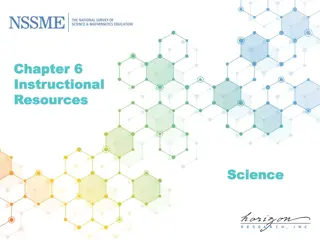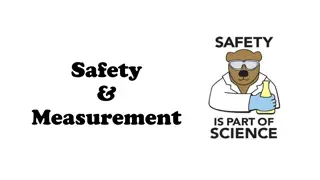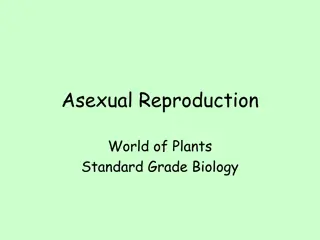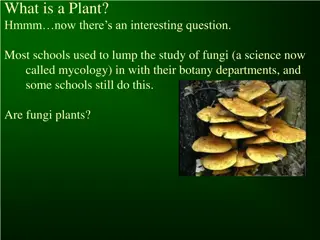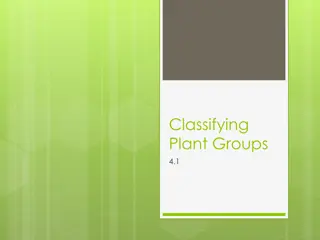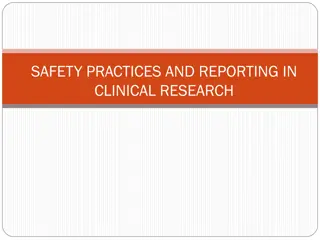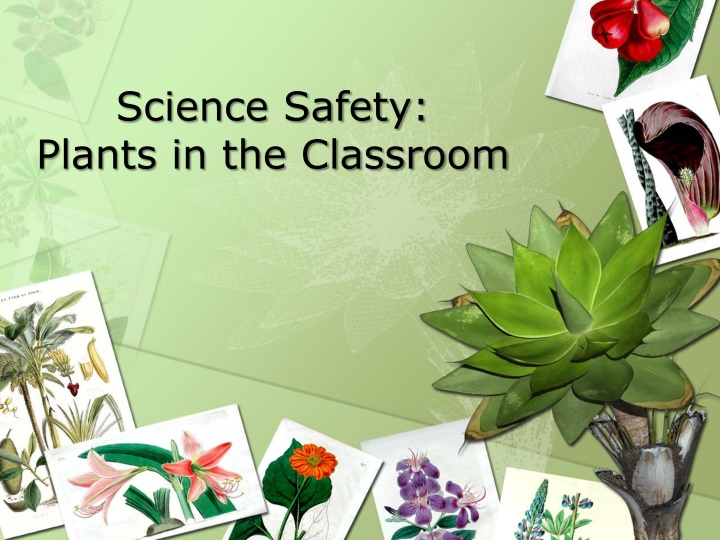
Safety Precautions for Classroom Plants: A Guide for Teachers
Discover essential safety precautions for using plants in the classroom, including how to differentiate between edible and toxic plants, plants to avoid, and symptoms of plant poisoning and allergies. Protect your students while incorporating plants into learning activities.
Uploaded on | 1 Views
Download Presentation

Please find below an Image/Link to download the presentation.
The content on the website is provided AS IS for your information and personal use only. It may not be sold, licensed, or shared on other websites without obtaining consent from the author. If you encounter any issues during the download, it is possible that the publisher has removed the file from their server.
You are allowed to download the files provided on this website for personal or commercial use, subject to the condition that they are used lawfully. All files are the property of their respective owners.
The content on the website is provided AS IS for your information and personal use only. It may not be sold, licensed, or shared on other websites without obtaining consent from the author.
E N D
Presentation Transcript
Science Safety: Plants in the Classroom
Key Question What precautions should I take when using plants in the classroom?
Purpose of Plants Plants serve both decorative and learning purposes Useful for observation, measurement, classification, and experimentation
Classroom Plants Ensure that students never eat any part of an unknown plant Including seeds and berries This includes plants on the school grounds and plants seen during events such as field trips
Classroom Plants Help students understand the difference between edible and non- edible plants, vegetables, and fruits
Plants to Avoid Plants containing toxins should not be present in classrooms Plants that contain toxins when eaten Examples include azaleas, lantana, delphinium, iris, pokeweed, tansy, hemlock, foxglove, jimsonweed, dieffenbachia, philodendron, caladium, buckeye, and belladonna
Plants to Avoid Plants that have toxic sap Examples include oleander, poinsettia, and trumpet vine Plants that are toxic to touch due to oils Examples include poison ivy, poison oak, poison sumac
Plants to Avoid Plants that have edible parts, but also have inedible, toxic parts Examples include potato leaves and sprouts as well as rhubarb leaves Teach students to avoid touching all types of mushrooms found outdoors
Plant Poisoning and Allergies Symptoms of plant poisoning may include headache, nausea, dizziness, sweating, tightness in the chest, vomiting, skin itching or dermatitis Know who on your campus can recognize toxic or poisonous plants which are commonly found on school grounds (ex. Poison Ivy)
Fertilizers Must be labeled and locked in cabinets MSDS sheets must be posted Goggles and gloves should be worn when handling fertilizers
Experimenting with Plants Seed Sprouting Seeds from a grocery store (those for eating) are safer for sprouting activities Seeds for field planting often have protective, chemical coating
Experimenting with Plants Aquatic Plants Use caution with aquatic plants especially from ponds or marshes Avoid direct contact with mud and pond water
Experimenting with Plants Soil Studies Generally safer to study potting soil Soil dug up from school grounds or home yards often contains mold and fungi Use proper tools and safety equipment
Sign School Safety Roster Be sure to understand each of the previous items Sign the Roster attesting your understanding
Reflection Questions How do the topics in this presentation impact your classroom? What is one best practice that relates to this topic that you would share with colleagues or our staff?






